Provide your garden wildlife with an essential food source by planting with pollinators, garden birds and other creatures in mind and create a wildlife haven that is both beautiful and bursting with life.
In our expert wildlife-gardening guide, Helen Bostock, senior horticultural advisor at the Royal Horticultural Society (RHS), explains what you can plant to attract more wildlife and colour to your garden.
Primrose (Primula vulgaris)
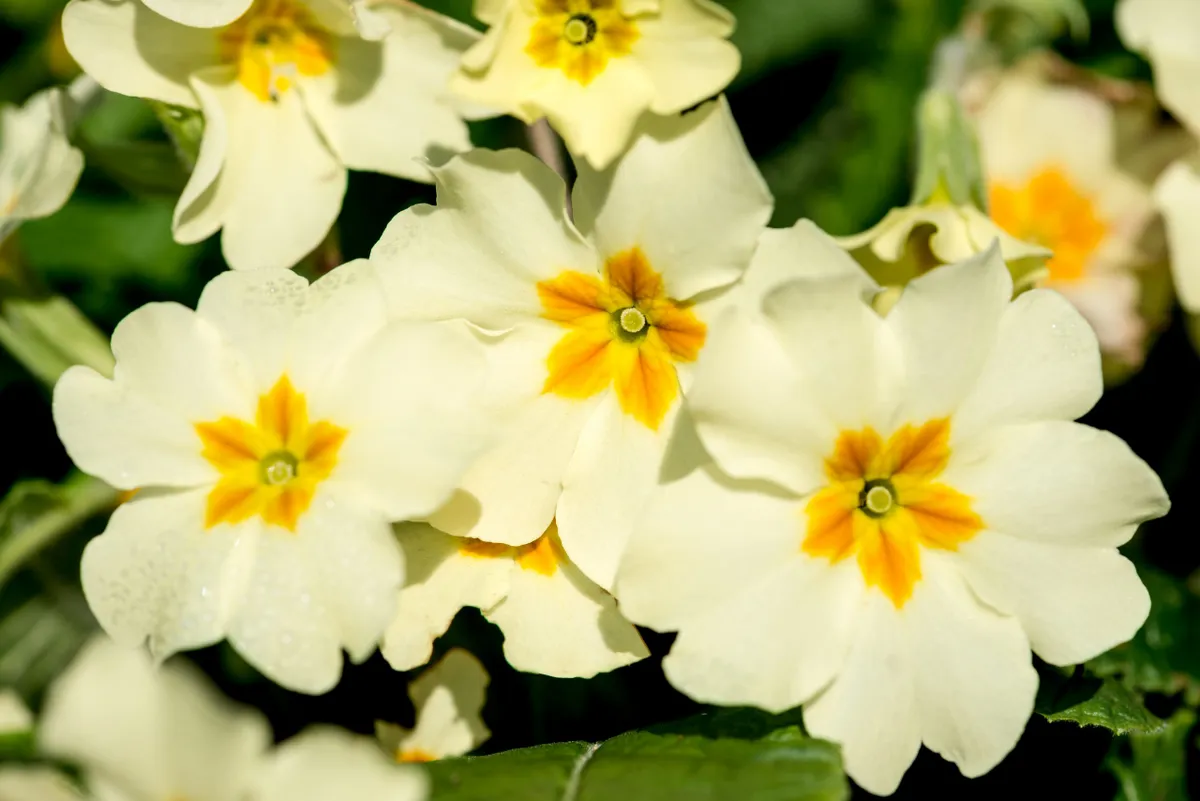
Early flowers attract bees, butterflies and the distinctive bee fly; neutral to acid soil in part shade or full sun if moist soil; spring flowering native perennial; 20cm x 35cm
More wildlife-gardening content:
Lungwort (Pulmonaria officinalis)
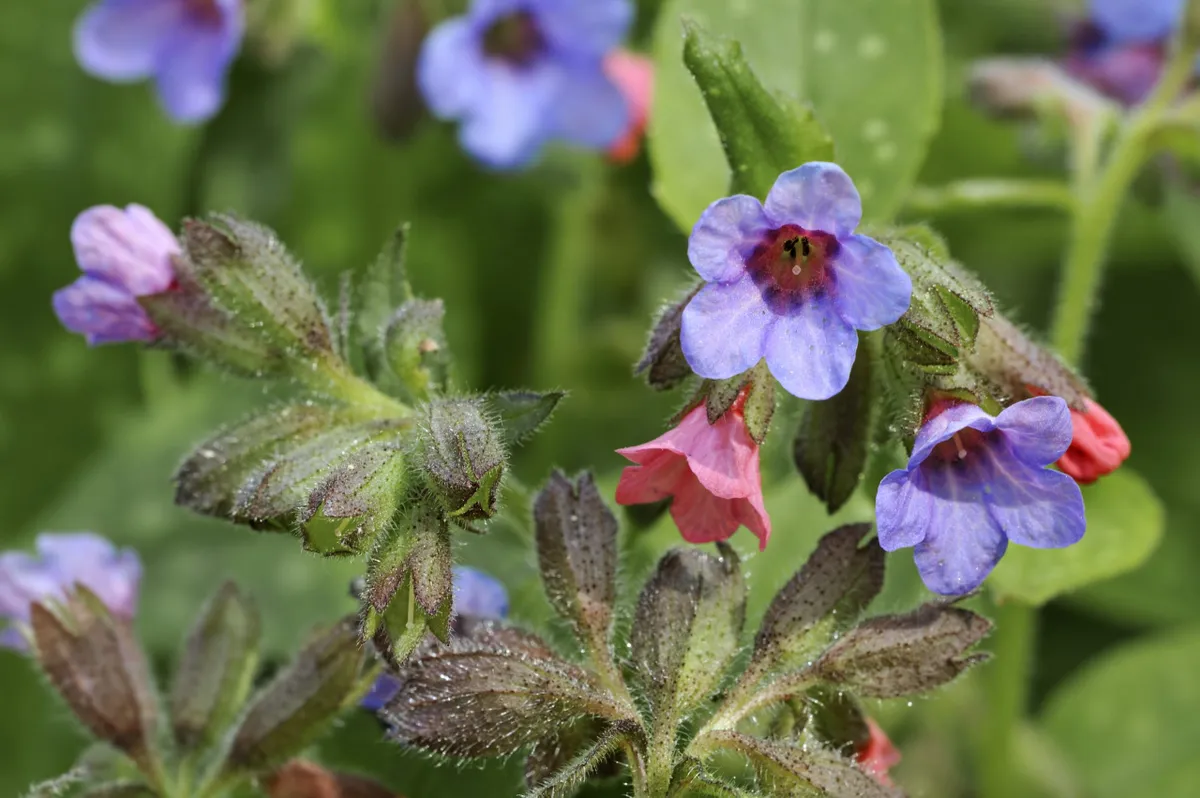
A real bee magnet; moist, fertile soil in sun or shade; spring flowering perennial; 25cm x 45cm; slug resistant
Foxglove (Digitalis purpurea)
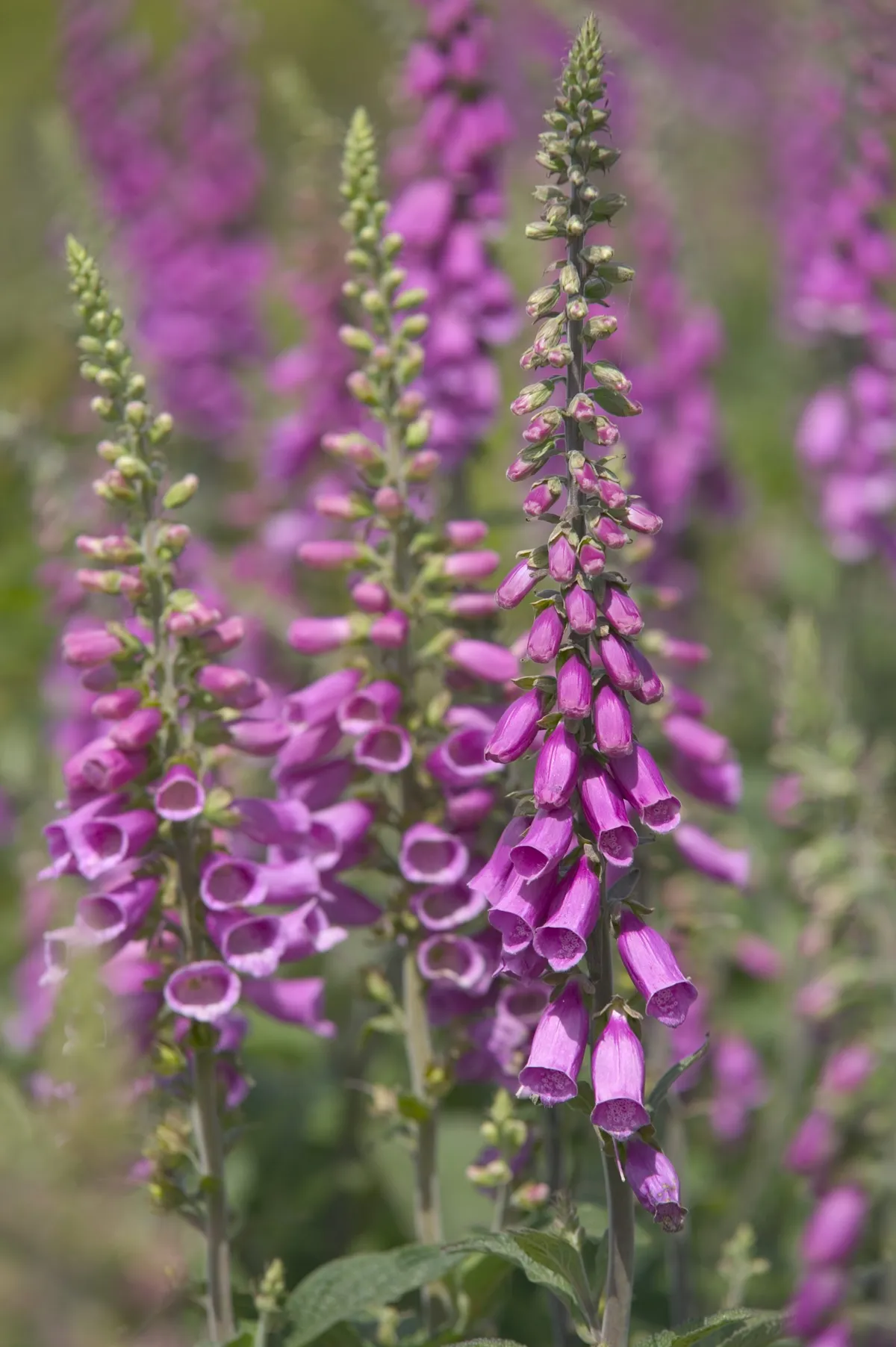
Flower loved by bumblebees; humus-rich soil in part shade but will tolerate sun; early summer flowering native biennial; 1-2m x 60cm; slug resistant
Chives (Allium schoenoprasum)
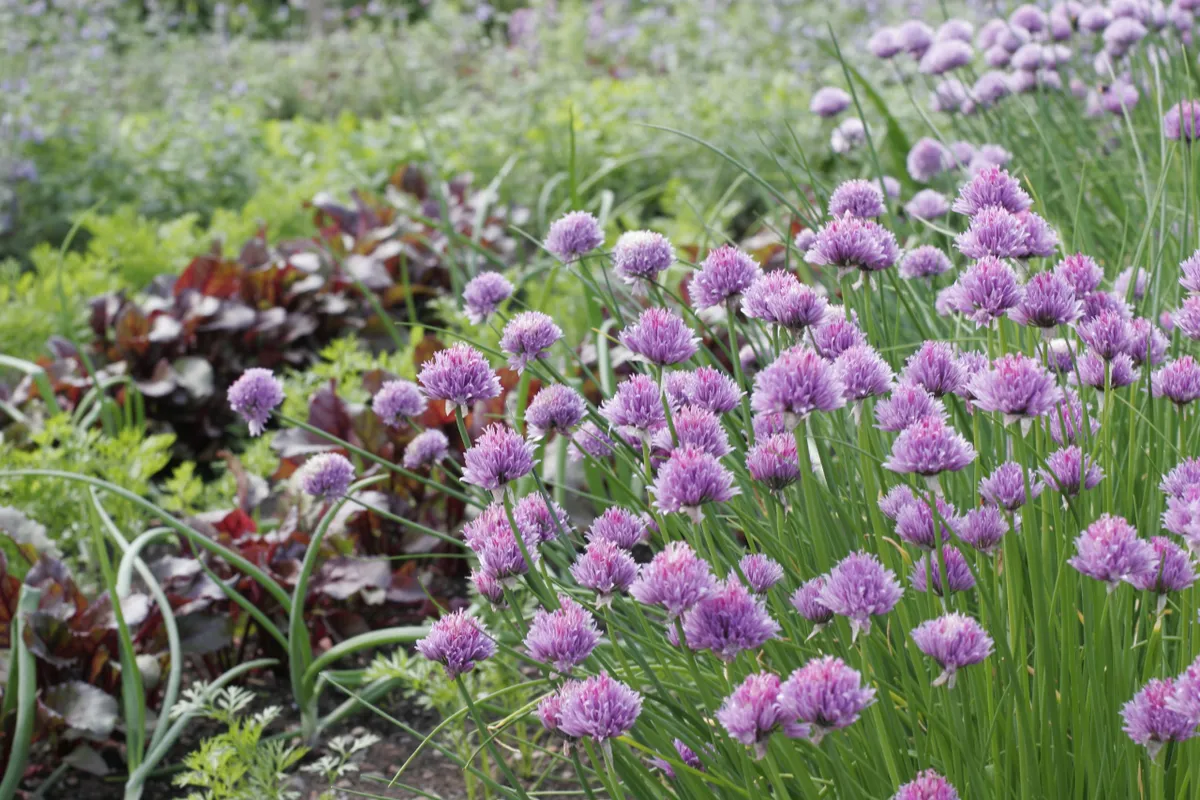
Excellent bee plant; fertile, well-drained soil in full sun; summer flowering perennial (bulbous); 30-60cm x 5-15cm
Fennel (Foeniculum vulgare)
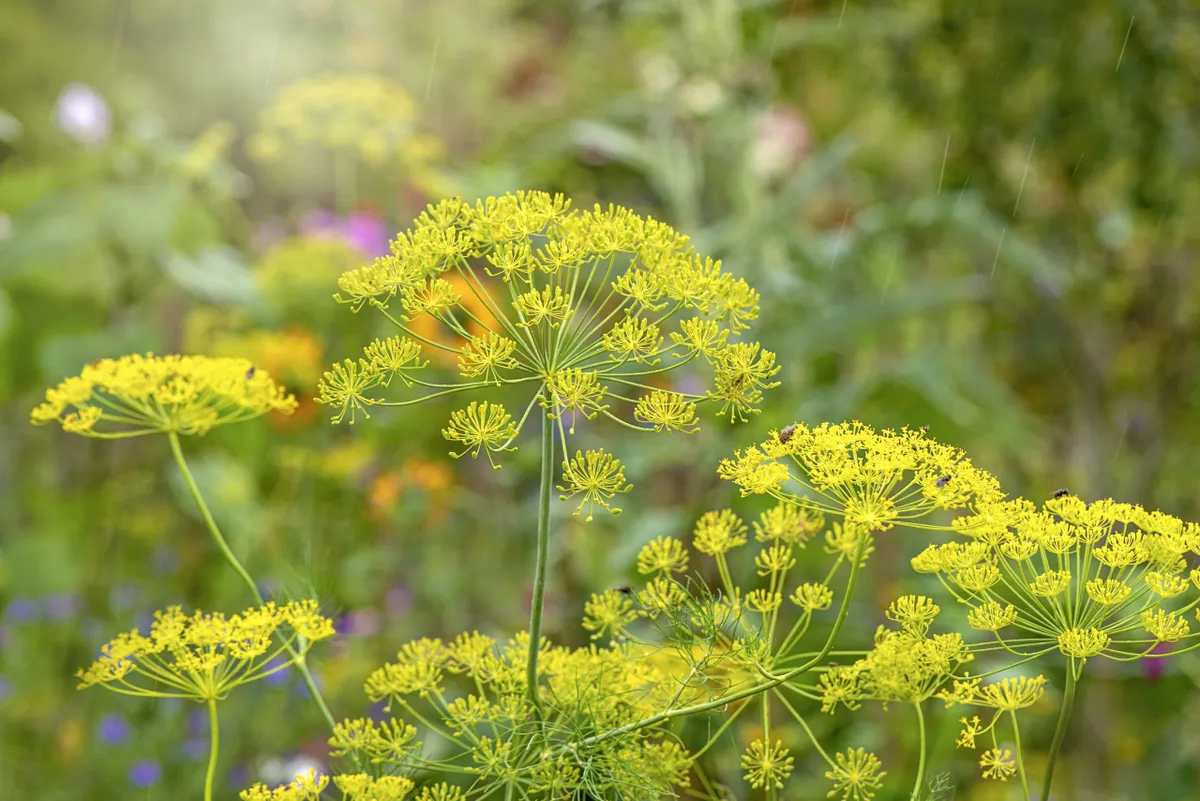
Flat-topped flowers make them perfect for hoverflies, other flies and solitary wasps; well-drained soil in full sun; mid- to late summer flowering perennial; 1.8m x 45cm; slug resistant
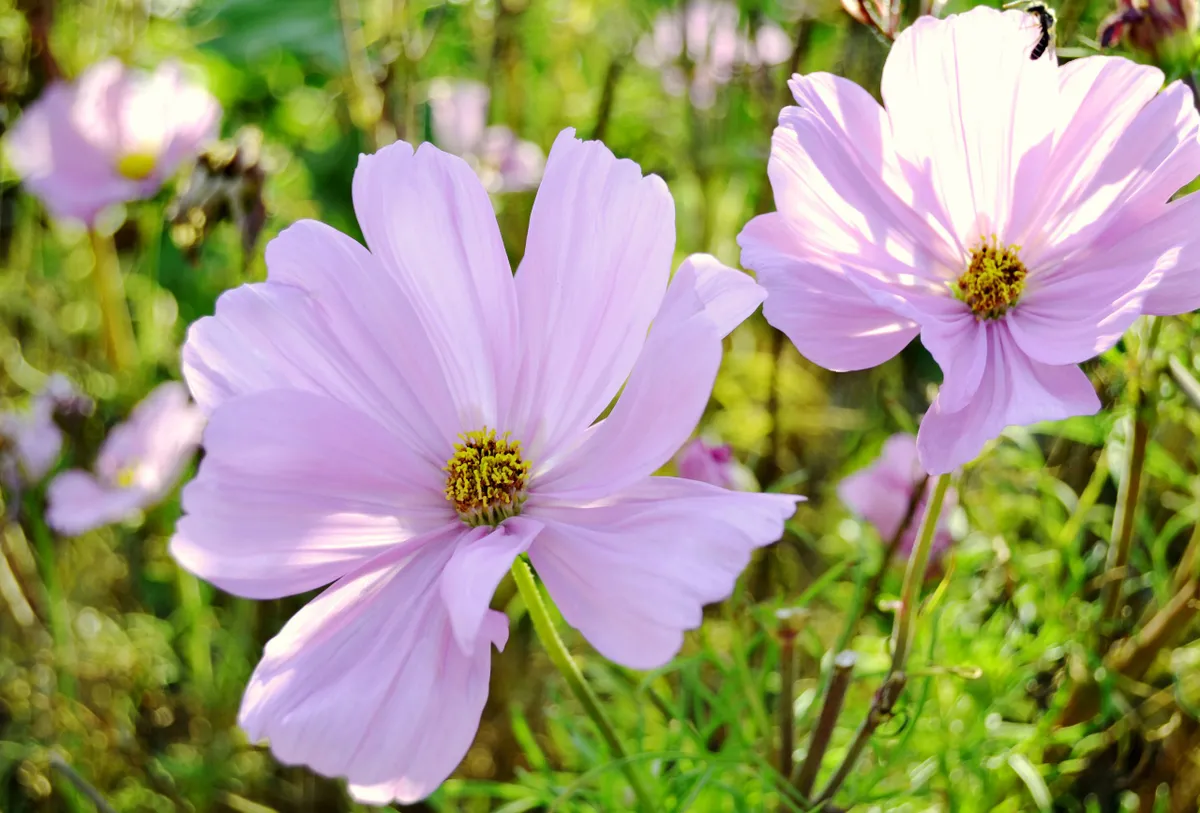
Cosmos (Cosmos bipinnatus)
Single-flowered forms good for bees and butterflies; moist but well-drained soil in full sun; summer flowering annual; 1.5m x 45cm
Lavender (Lavandula)
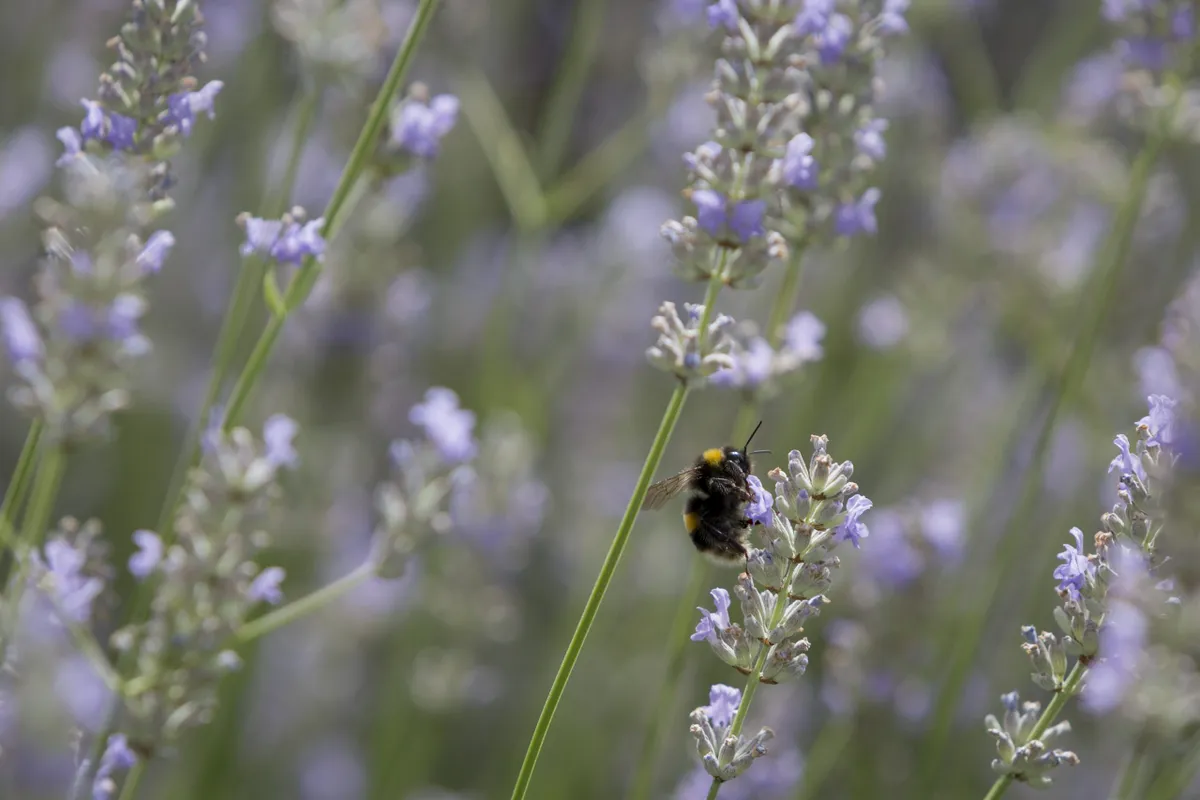
A favourite with honeybees and butterflies; moderately fertile soil in full sun; mid- and late summer flowering evergreen shrub; 60cm-1m x 60cm-1m
Asters (Symphyotrichum)
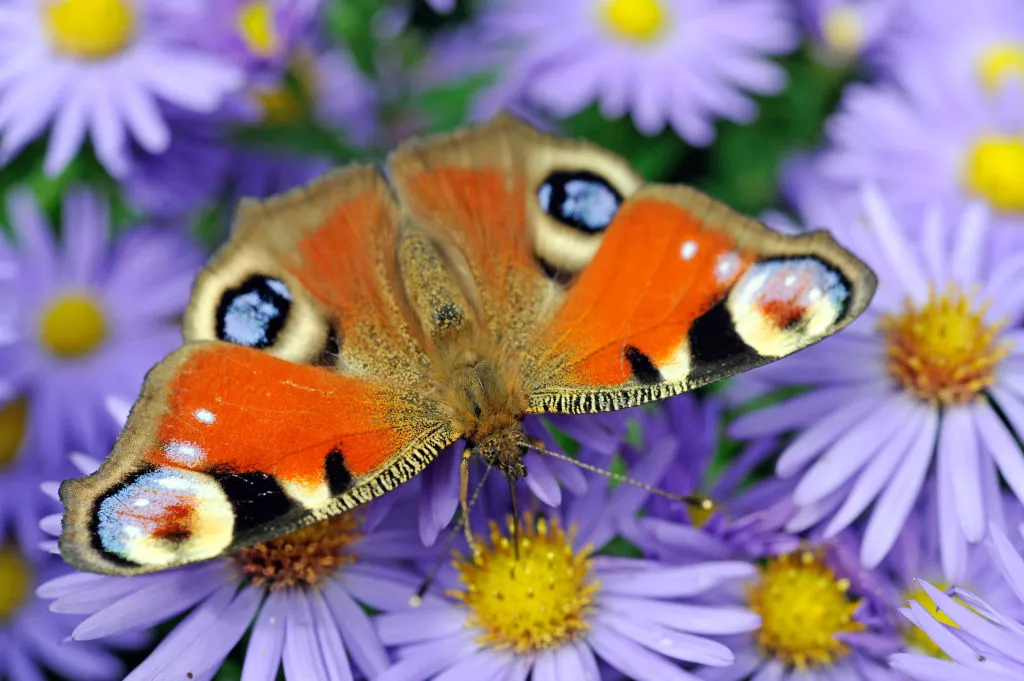
A useful late source of nectar for red admiral, peacock and painted lady butterflies; moist but well-drained soil in full sun or part shade; midsummer to autumn flowering perennial; 60cm-1.2m x 30-60cm; slug resistant
Dahlia (Dahlia)
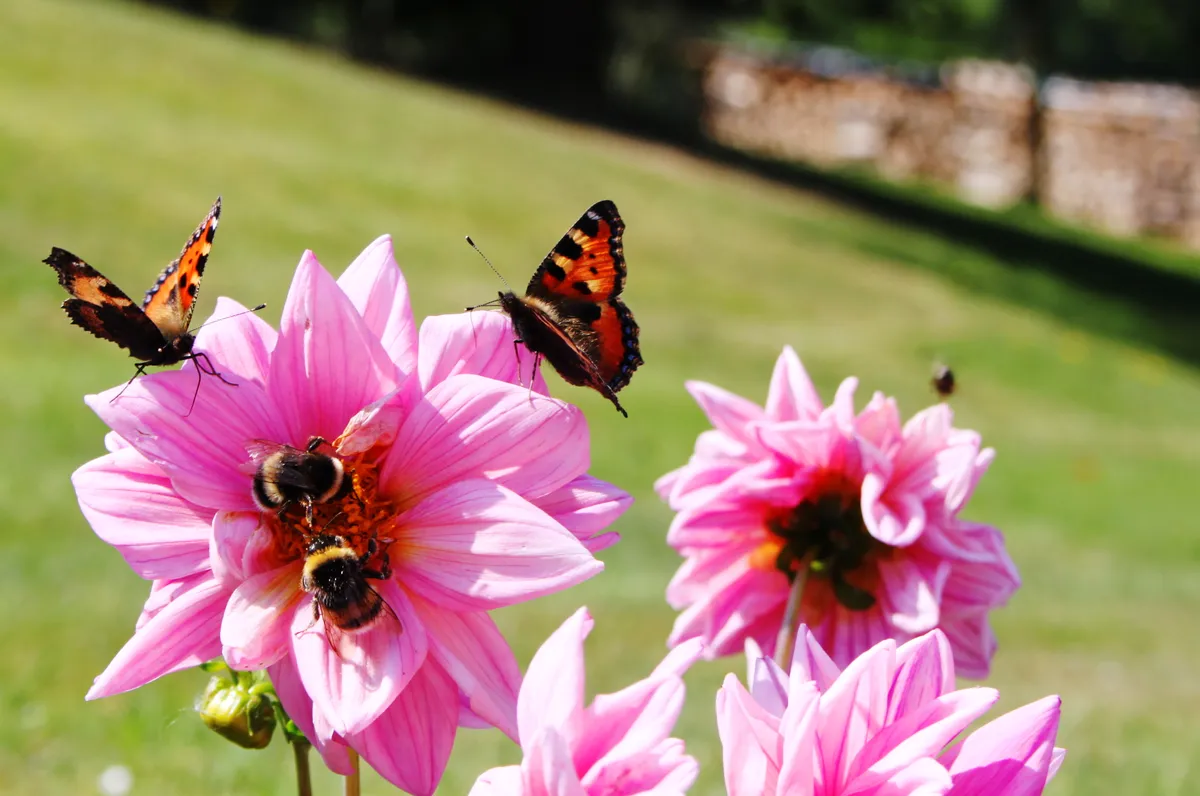
Single-flowered types are great for bees and butterflies; fertile, humus-rich soil in full sun; summer and autumn flowering tender perennial (tuberous); 60cm-1.5m x 45-60cm
Crabapple (Malus)
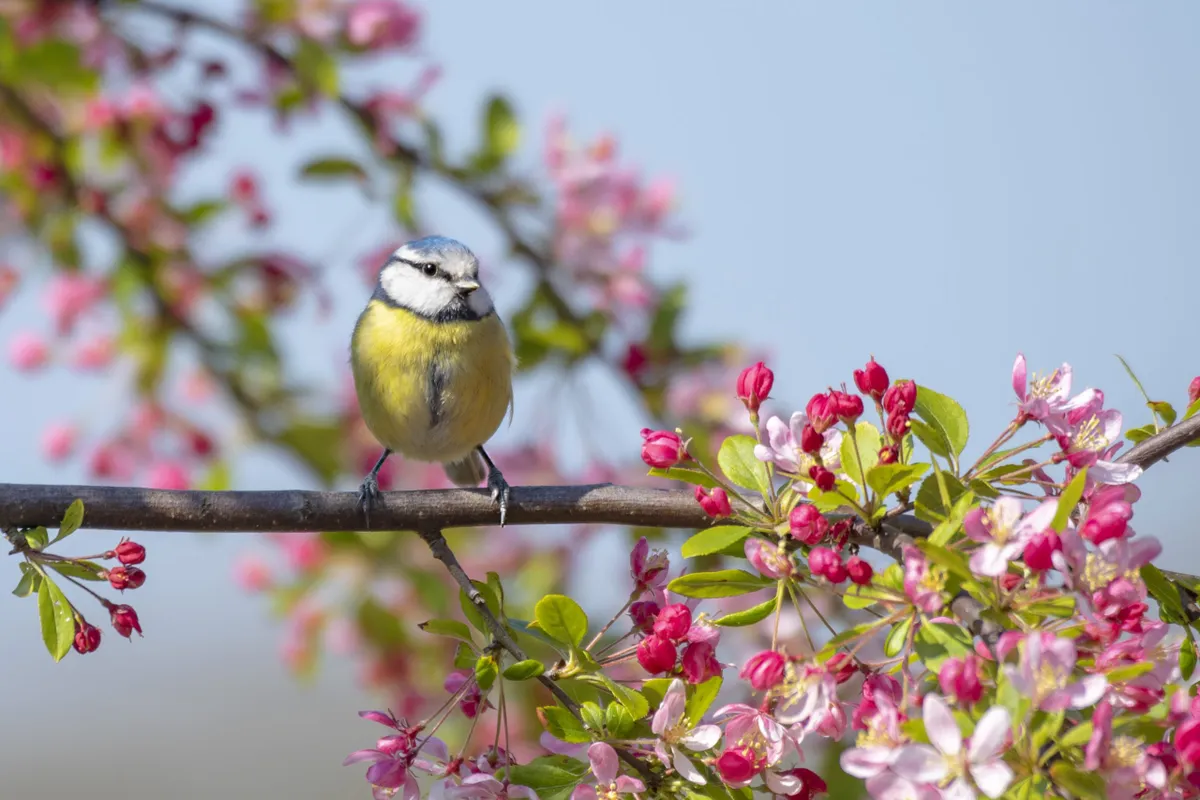
Pollinator-friendly blossom in spring is followed by long-lasting fruit for birds and small mammals; moist but well-drained soil in full sun; spring flowering and autumn fruiting tree; 6-12m x 6-12m; slug resistant
Heathers (Calluna)

Loved by honeybees and other bees; humus-rich, acid soil in full sun; some spring/summer flowering, others autumn/winter flowering native shrub; 10-45cm x 25-75cm; slug resistant
Mahonia (Mahonia x media)
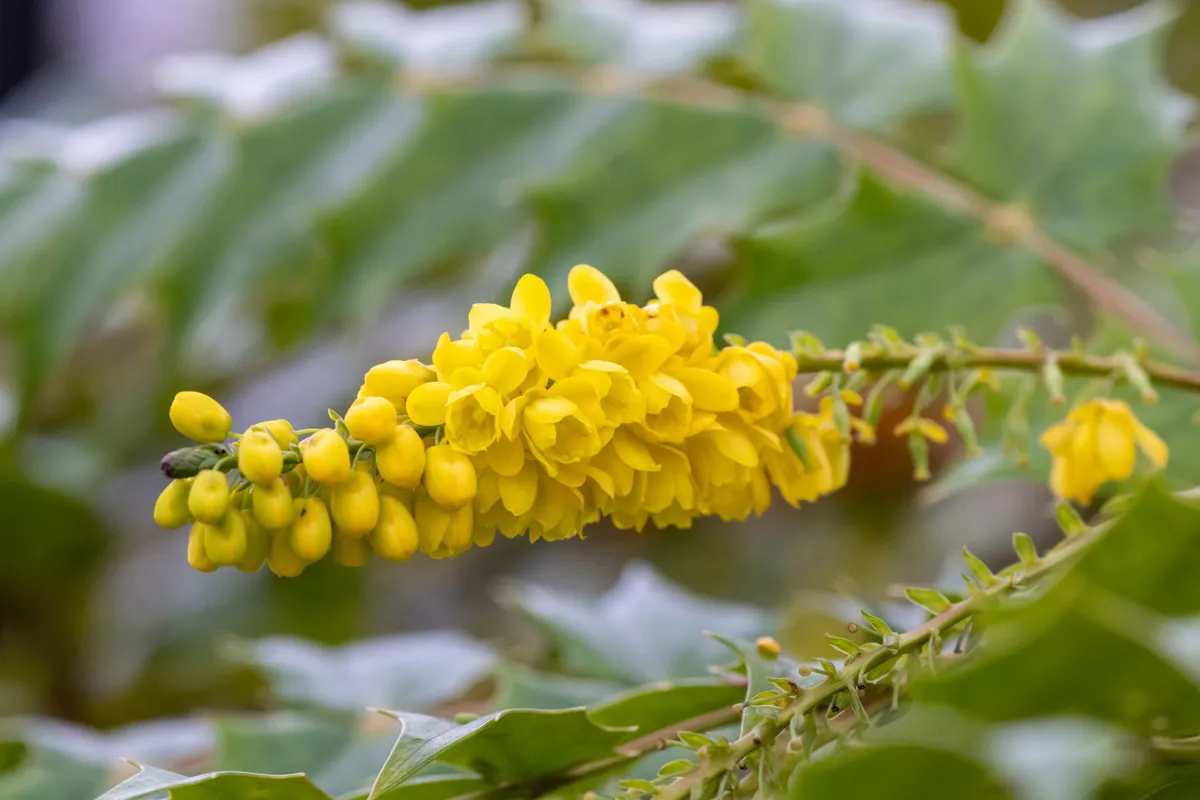
Great winter food source for bumblebees; moist but well-drained soil in part to full shade; late autumn to late winter-flowering evergreen shrub; 5m x 4m; slug resistant